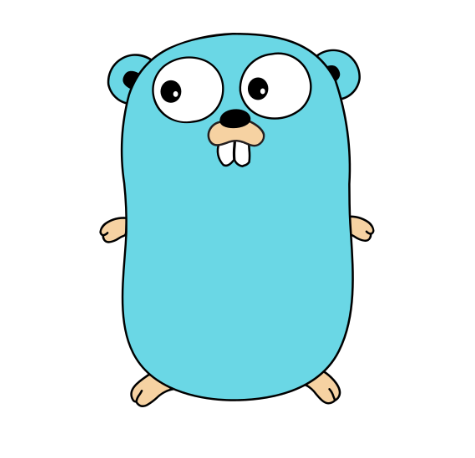1. Interfaces
Interface 는 method 들의 집합체이다.
Interface 타입의 값은 interface 가 가진 methods 를 구현한 어떠한 값이라도 들어갈 수 있다.
Interface 는 implements 라는 키워드를 사용하지 않고 methods를 만들어서 구현합니다.
아래 예제는 A Tour of Go 에서 가져온 예제다
package main
import (
"fmt"
"math"
)
type Abser interface {
Abs() float64
}
func main() {
var a Abser
f := MyFloat(-math.Sqrt2)
v := Vertex{3, 4}
a = f // a MyFloat implements Abser
a = &v // a *Vertex implements Abser
// In the following line, v is a Vertex (not *Vertex)
// and does NOT implement Abser.
a = v
fmt.Println(a.Abs())
}
type MyFloat float64
func (f MyFloat) Abs() float64 {
if f < 0 {
return float64(-f)
}
return float64(f)
}
type Vertex struct {
X, Y float64
}
func (v *Vertex) Abs() float64 {
return math.Sqrt(v.X*v.X + v.Y*v.Y)
}
2. Empty interface
interface 가 특정한 methods 를 포함하고 있지 않으면 empty interface 라고 불린다.
interface{}
empty interface 는 어떤 타입의 값을 가지고 있을 수 있다.
알 수없는 타입의 값을 처리하는데 쓰인다. 예를 들면 fmt.Print 함수를 보면 매개변수에 interface{} 를 타입으로 받고 있다.
package main
import "fmt"
func main() {
var i interface{}
describe(i)
i = 42
describe(i)
i = "hello"
describe(i)
}
func describe(i interface{}) {
fmt.Printf("(%v, %T)\n", i, i)
}출력
(nil, nil)
(42, int)
(hello, string)

